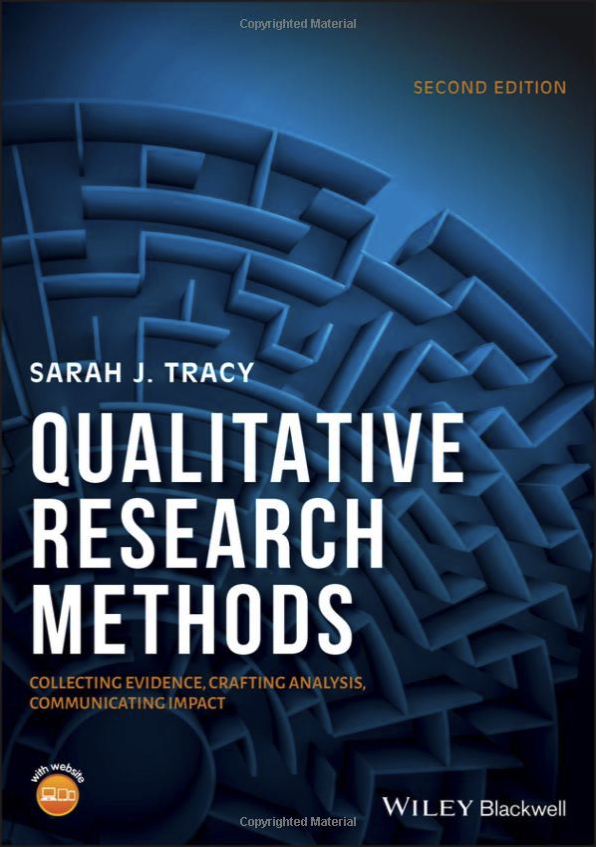ASU's Hugh Downs School names Sarah J. Tracy interim director

The work of Sarah J. Tracy, who has taught and researched at ASU for 21 years, is focused on cultivating human flourishing, wisdom and connection at work.
The Hugh Downs School of Human Communication at Arizona State University has named Sarah J. Tracy as interim director beginning July 1.
Tracy replaces Paul Mongeau, a professor of interpersonal communication who served the school as interim director for the 2020–2021 academic year.
In her new appointment as interim director, Tracy will continue the school’s leadership of research and pedagogy related to human communication in relationships, workplaces, communities and society.
A professor of organizational communication and qualitative methodology, Tracy (PhD 2000, University of Colorado) has taught and researched at ASU for 21 years. Her work is focused on cultivating human flourishing, wisdom and connection at work. She is the recipient of multiple scholarly honors, including the Distinguished Scholar Award from the National Communication Association (NCA) in 2020, the association’s highest accolade honoring a lifetime of scholarly achievement in human communication, as well as the Western States Communication Association’s Distinguished Teacher Award in 2019.
“As an outstanding professor and award-winning researcher in the field of communication, I am confident Sarah will provide the innovative leadership needed as the Hugh Downs School of Human Communication’s new interim director,” said Pardis Mahdavi, dean of social sciences in The College of Liberal Arts and Sciences.
“I commend Paul Mongeau for his service as interim director and am grateful for his tremendous leadership during a challenging year.”
In returning to his faculty role, Mongeau will investigate the role of artificial intelligence in the persuasion process. He will also continue his long-standing research interest in the variety of “friends with benefits” relationships.
Tracy’s research — which includes ethnographies on cruise ships, 911 call centers, correctional facilities and detailed case analyses of burnout, bullying, leadership and compassion — is regularly featured in courses and books related to organizational communication and qualitative research methods. Her scholarship has extended knowledge about organizational leadership, workplace well-being, conversation, identity and emotion. This research has garnered a number of top articles, papers and disciplinary awards, including the prestigious Charles Woolbert Award from the NCA.
Tracy co-founded the Transformation Project, a consortium of faculty, students and community members who seek to discover and promote creative change processes that encourage healthy communication patterns, collaborative group behavior and equitable forms of social organization.
Hugh Downs School Assistant Professor Elissa Adame has collaborated with Tracy through the Transformation Project and through developing, practicing and testing a transformational leadership approach.

NCA’s Organizational Communication Division’s 2020
Outstanding Textbook of the Year Award went to
Professor Sarah J. Tracy's "Qualitative Research Methods."
“I have seen through our work together how Sarah is dedicated to leading in a way that will create a future that meets the needs and concerns of a range of stakeholders," said Adame. "Not only does Sarah study transformational leadership, she lives it, and she gives others the courage and resources to do the same.”
Tracy has several key goals as she moves into the interim director role.
“Given the disruptions of the pandemic, I hope to provide a platform for meaningful connection, recreation and growth among faculty and students while also building the school’s momentum of innovative research, dedication to justice and equity, and historical excellence in incisive and inclusive pedagogy,” she said.
She has taught a mix of over 20 courses and advised more than 45 graduate students at ASU. Her most recent book, “Qualitative Research Methods: Collecting Evidence, Crafting Analysis, Communication Impact” received NCA’s Organizational Communication Division’s 2020 Outstanding Textbook of the Year Award.
One of Tracy’s favorite adages in terms of work and play is: “Anything worth doing well is worth doing badly in the beginning.” She is currently keeping busy outside of work by “doing badly” as she gets back into playing the piano. Additionally, she provides interdisciplinary and public outreach workshops, mentors through Big Brothers/Big Sisters, contributes to her “Possibility Detective” blog and hosts a YouTube channel called “Get Your Qual On.”
More University news

3 ASU students earn Goldwater Scholarships for STEM research excellence
Three Arizona State University students have been named Goldwater Scholars for 2025, placing them among the nation’s most…

Provost Teaching Awardees, Charter Professors empower local communities, students
The ASU Charter embodies the university’s commitment to student success and research of public value and responsibility to…

New online Bachelor of Social Work program exceeding enrollment expectations
Social workers are in big demand.Citing U.S. Bureau of Labor Statistics figures, the National Association of Social Workers…

